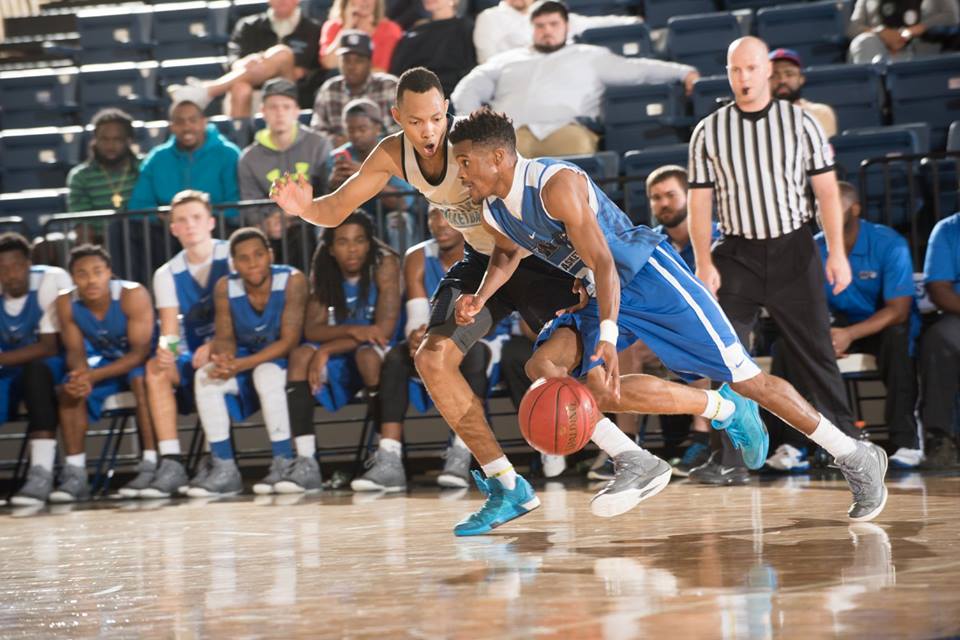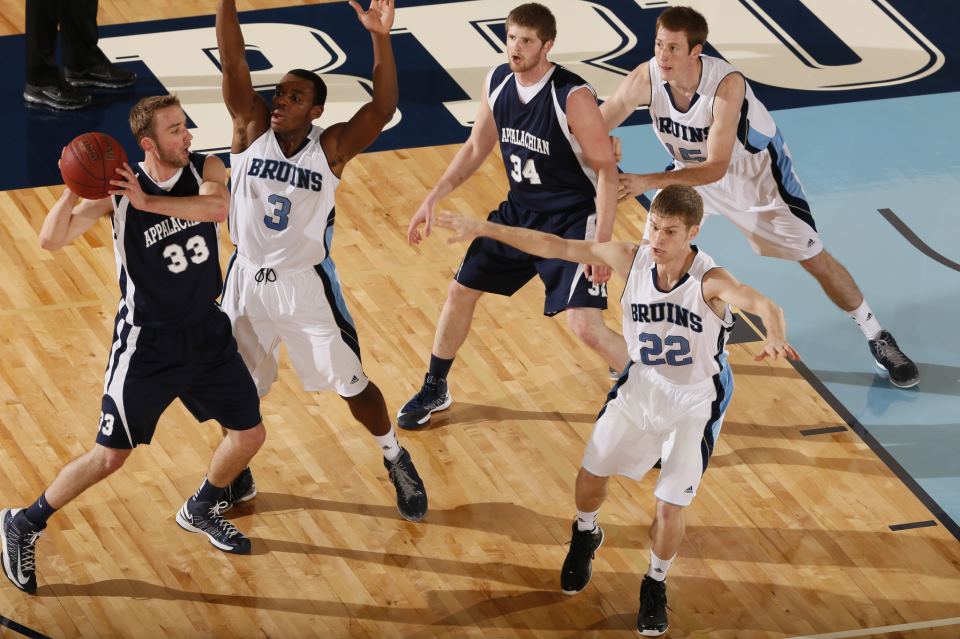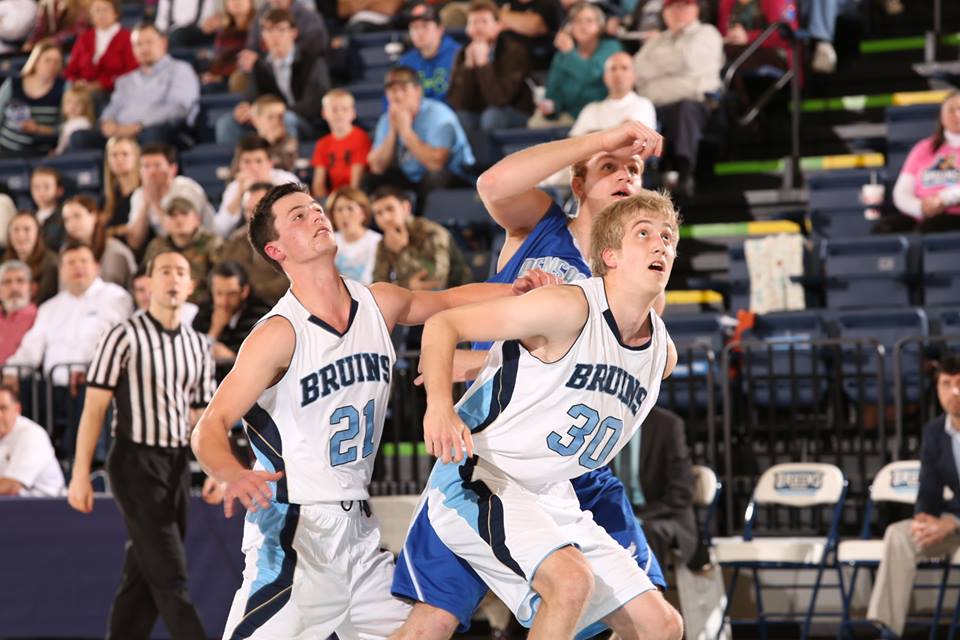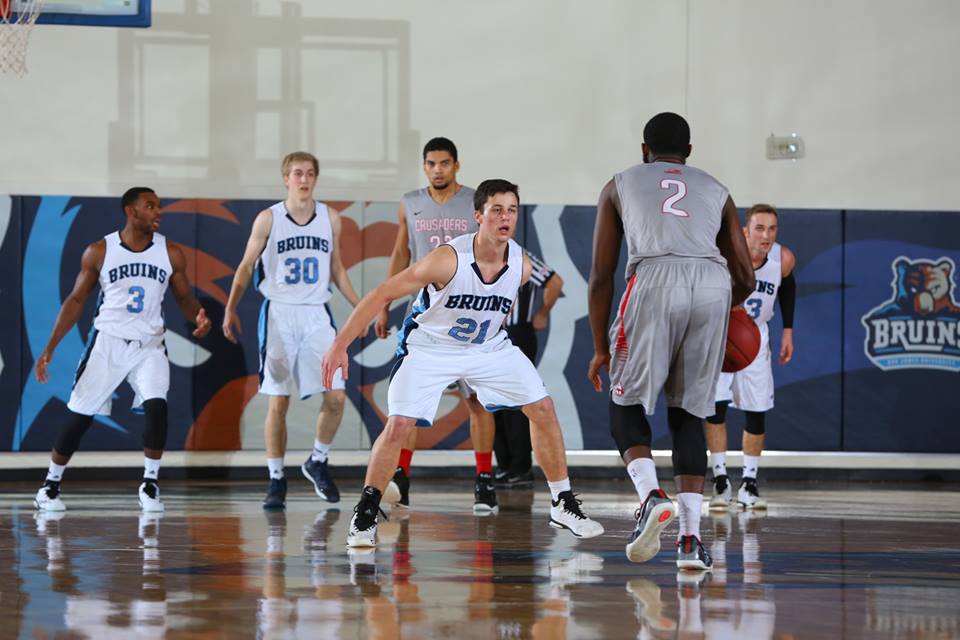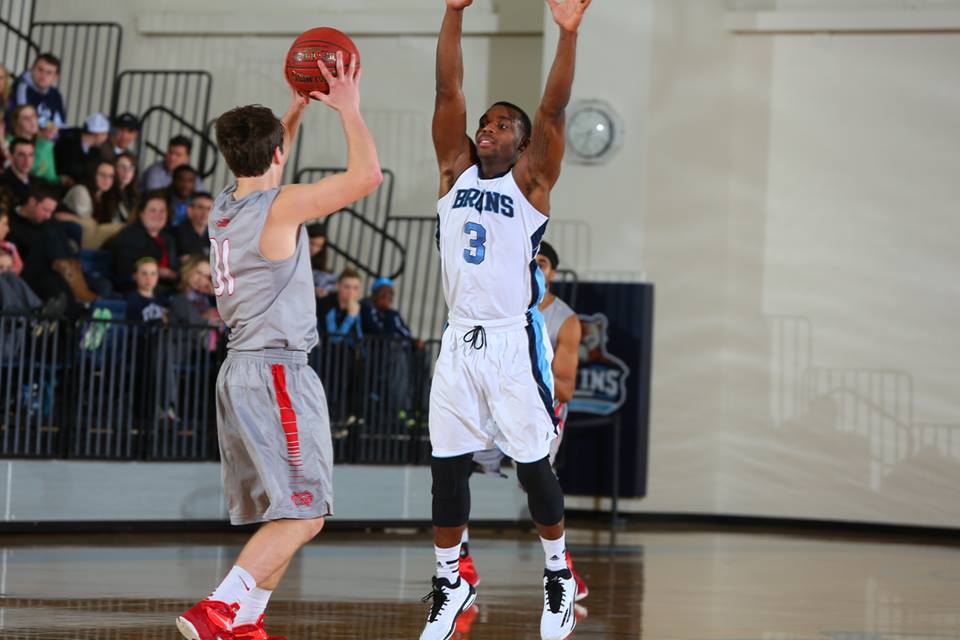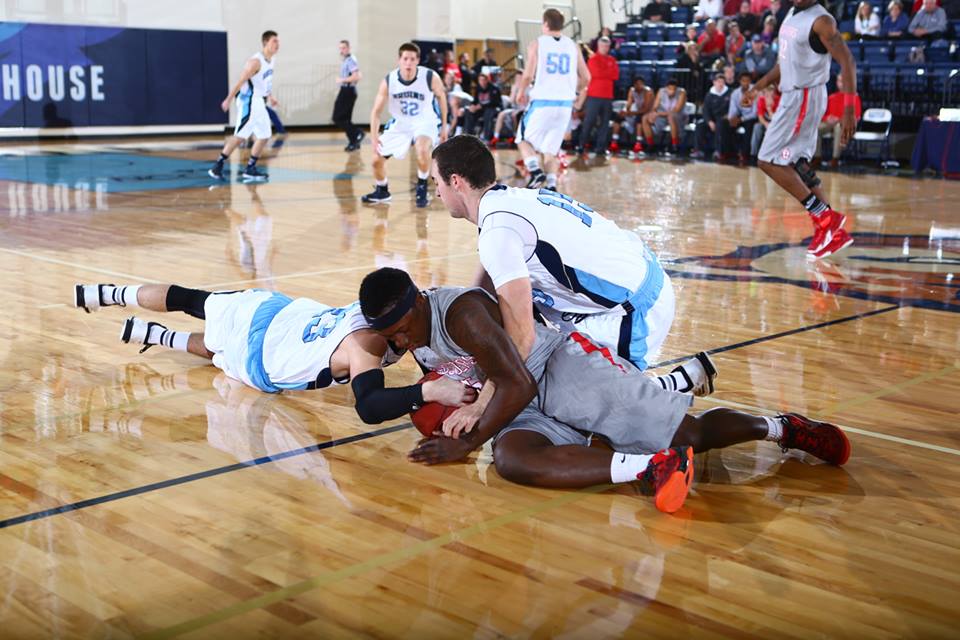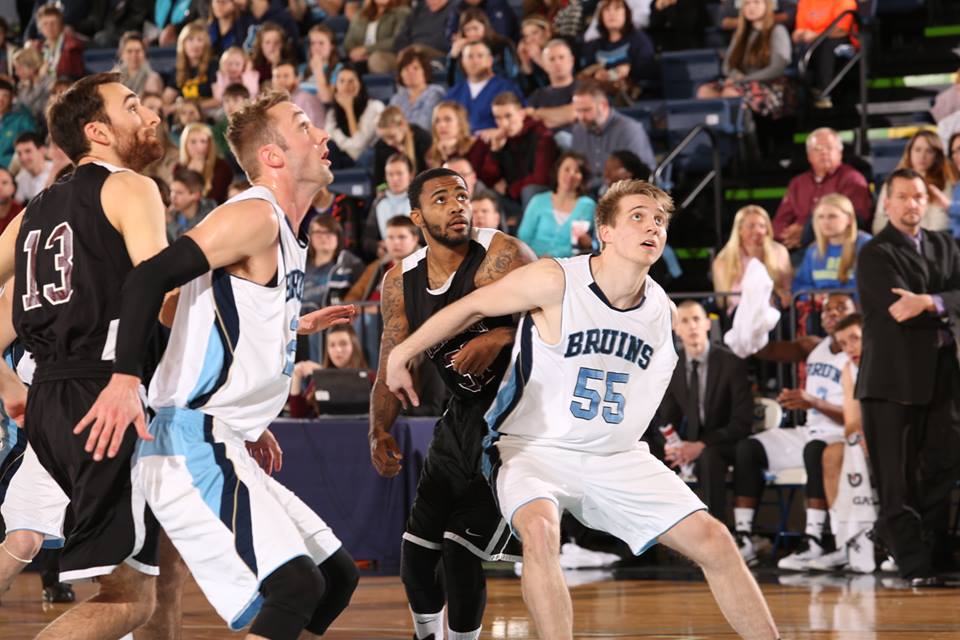When measuring a successful defensive team, most people will look to common stats such as turnovers forced, blocked shots, defensive FG%, and opponents PPG. However, there is one "unofficial" statistic that may prove more beneficial than any of those.
DEFLECTIONS.
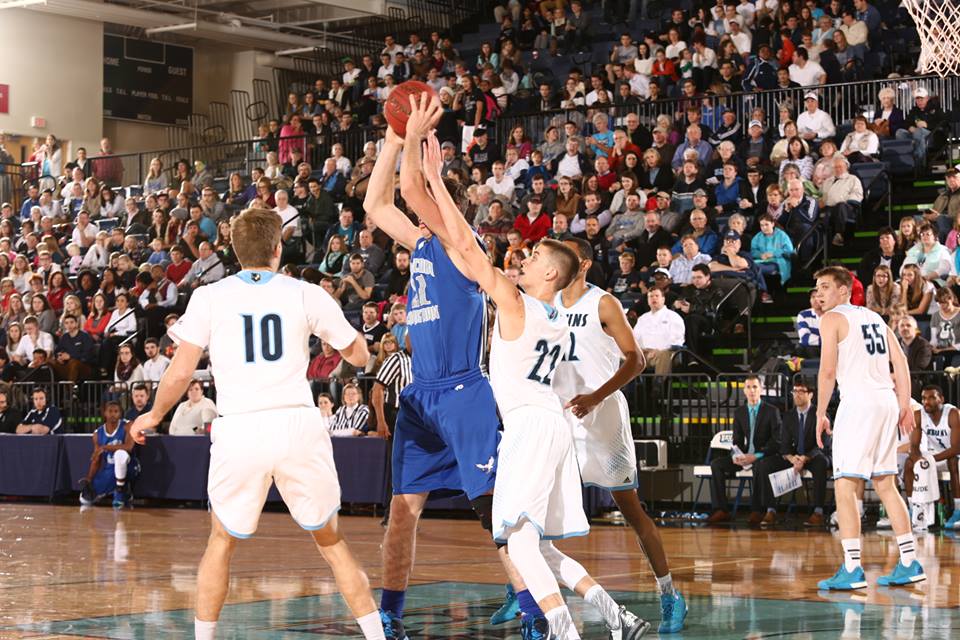
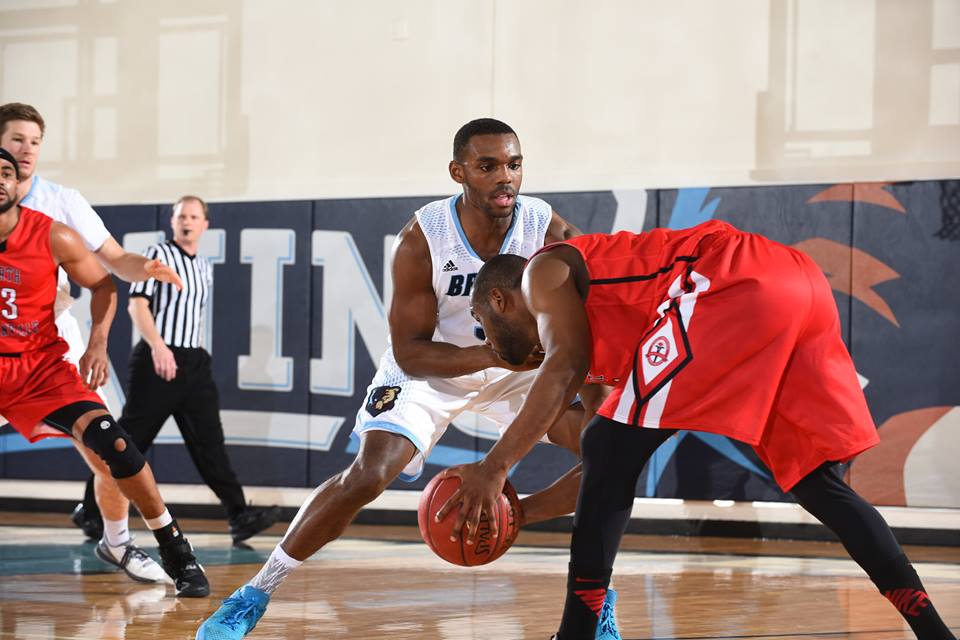
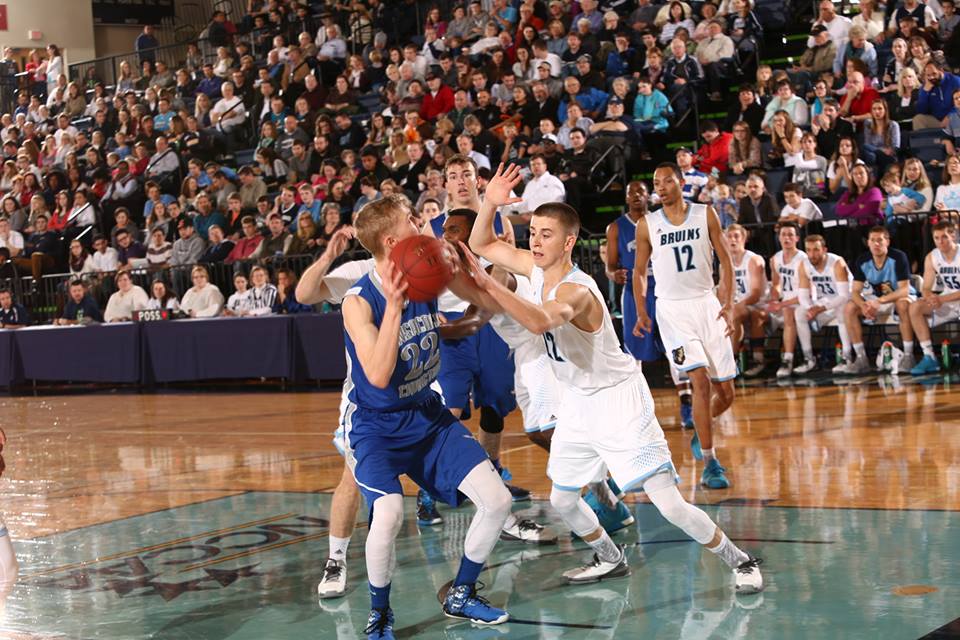
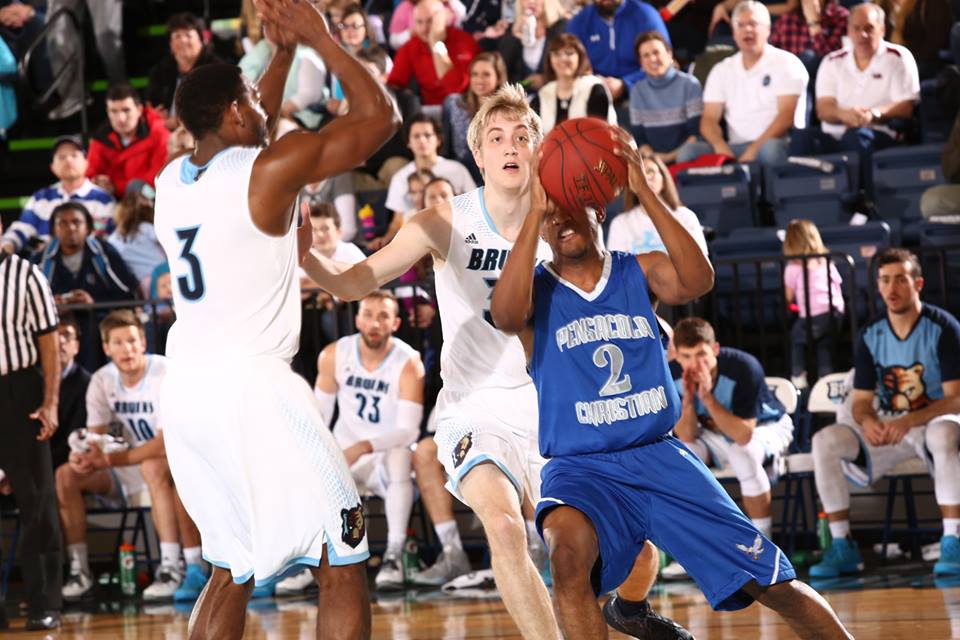
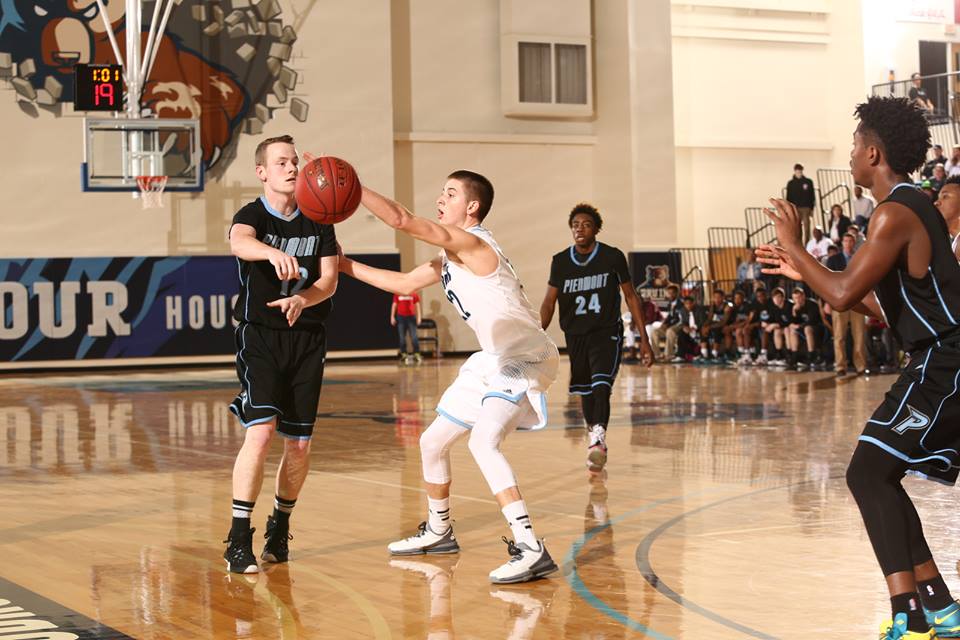
Coaches will have various definitions of what a deflection is. Some will claim it is only when a player misdirects a pass by getting a hand on the ball and others will tell you that charges and shot-clock violations count as deflections too. No matter what your definition of a deflection is, there is no doubt that it is a valuable statistic to track.
Every good defensive team plays with energy and aggressiveness, and deflections are a sure way to tell if your team is carrying that passion. Deflections will help you understand how active your team is defensively and whether or not they are applying appropriate pressure. It has been said that 40 deflections per game is the benchmark for most teams looking to secure a win. Obviously, you as a coach will need to find an appropriate number that works for your style of defense at your level. Active feet and active hands will dictate the intensity of your defense and will ultimately lead to deflections which have been proven necessary to win on a consistent basis.
“Deflections tells you how much energy you’re playing with and how active your hands are. If you lack deflections, then you’re probably not being a very aggressive team and you probably don’t have very active hands.”
Your players are giving a lot of effort whether you think so or not, and telling them to play harder on defense isn't always the answer. Deflections are a tangible goal that your players can strive for. This allows them to feel more in control of the circumstances than when you give the vague answer of, "play harder!"
Here are some drill ideas that we have used to emphasize the importance of deflections in our program:
QUICK HANDS 3 v 1
For this drill you will split your team into groups of four. 1, 2, & 3 will stand approximately 8 feet apart and pass the ball around in the triangle. x1 will work to get as many deflections as he can. x1 will be "in the middle" for a 30 second round and then a new player will rotate into the middle. Each individual will keep track of his own points as follows: 1 point = deflection; 2 points = clean steal; -1 point = offensive player turns it over; 2 points = dive on the floor for a loose ball (we add this later on to make deflections "live loose balls").
Points of Emphasis: Offense must "catch and peek" and make strong rip throughs and passes. Pass fakes are encouraged. Defender must stay in a good stance and have active hands. He should be applying "voice pressure" the entire time he is in the drill.
QUICK HANDS 4 v 2
This drill is similar to Quick Hands 3 v 1, but it adds an element of "team" and creates more energy. You will have your players select a partner and then place them in groups of six (three teams of 2 players in each group). The drill will proceed the same way as 3 v 1, except now you are competing as teams and your points count for both players. The team with the most points wins.
Points of Emphasis: Offense (see above). Defense must adhere to same emphasis as 3 v 1 and must work together as a team. Constant communication should be encouraged between teammates.

